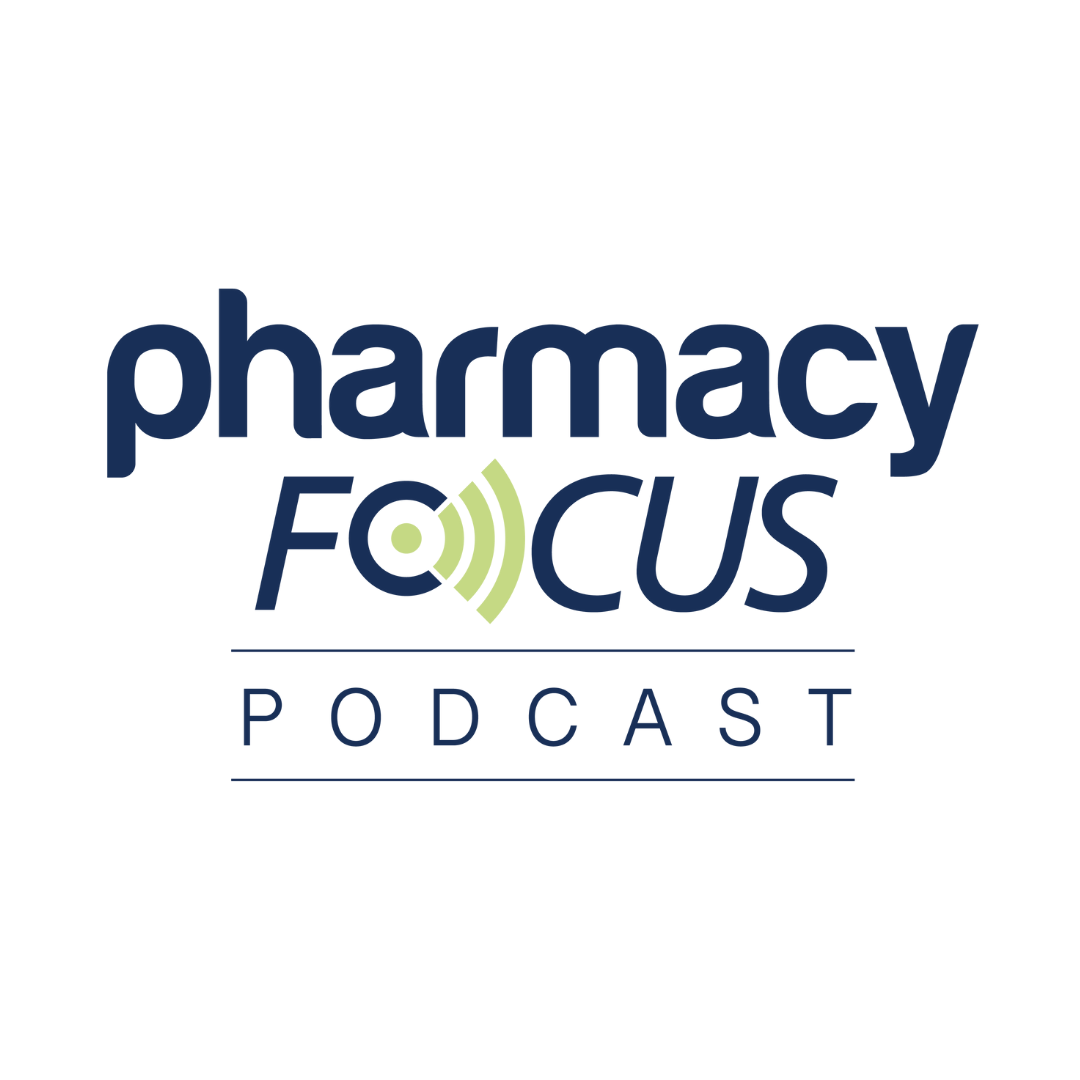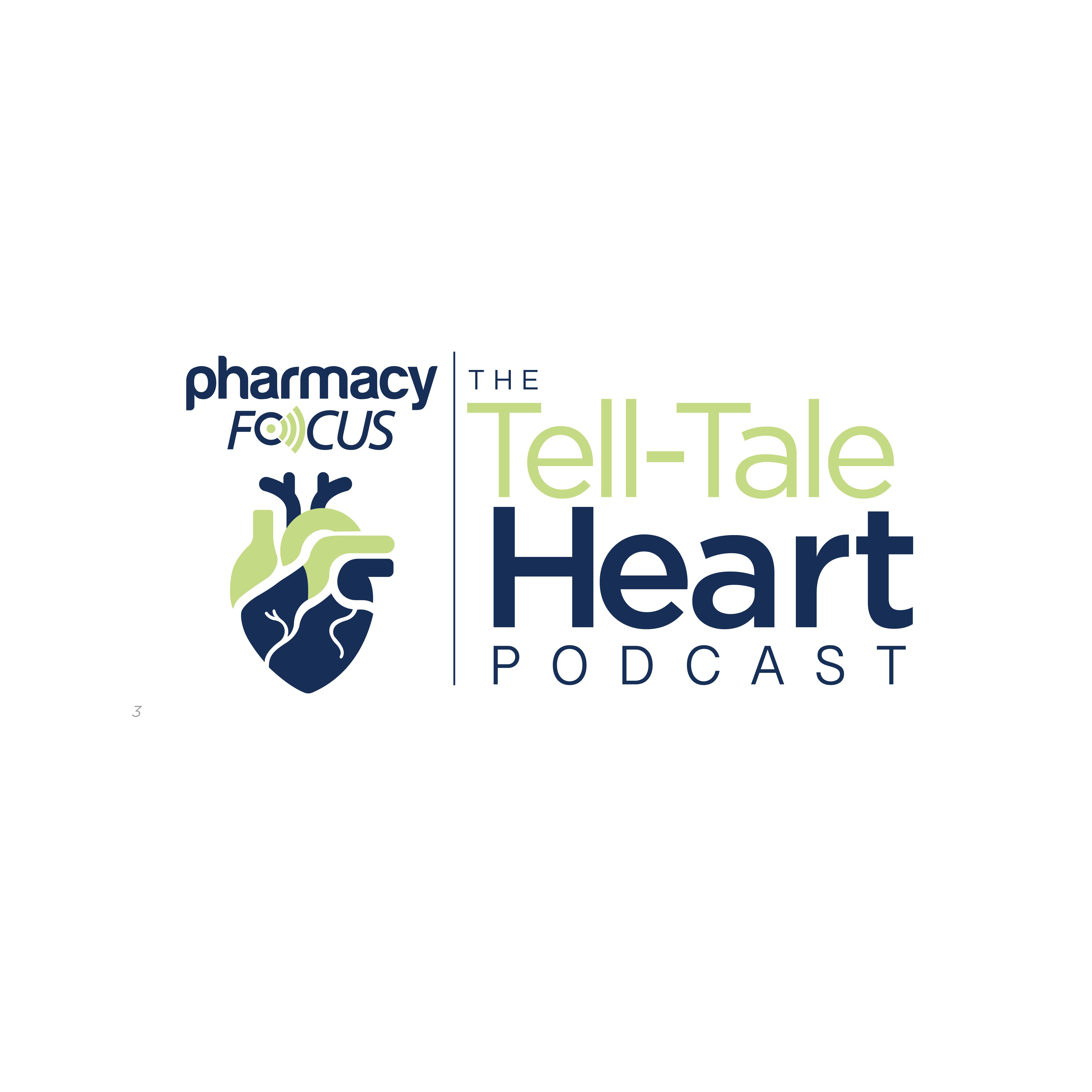News
Article
Beyond Dispensing: How Pharmacists and Technicians Can Expand Services to Meet Patient Needs
Author(s):
Key Takeaways
- Pharmacists are encouraged to expand roles beyond dispensing to include immunizations, point-of-care testing, and medication therapy management.
- Collaborative practice agreements (CPAs) allow pharmacists to provide care in underserved areas, improving patient outcomes and cost control.
Pharmacists and pharmacy technicians are key to offering more accessible and efficient care.
As health care rapidly changes, the role of pharmacists and pharmacy technicians will have to evolve alongside it, said Donald Klepser, PhD, MBA, professor and interim dean at the University of Nebraska Medical Center. During the session “Collaborative Practice, Statewide Protocols, and Independent Prescriptive Authority: How Pharmacy is Expanding Services to Increase Access to Patients,” Klepser highlighted the importance of moving beyond product dispensing to provide higher-level services, such as immunizations and medication therapy management.
Image credit: zinkevych | stock.adobe.com

Of note, the discussion primarily focused on the community side of pharmacy—rather than the hospital or institutional settings. Klepser noted that this is because in the latter, there is a “clearer path” for the delegation of authority, rather than in the community setting, where movement is more likely to occur. With this in mind, Klepser expressed the idea of pharmacists gravitating away from the product. He said that by getting away from dispensing, pharmacists are instead able to address other services, such as administering immunizations, conducting point-of-care testing, medication therapy management, and so on.
“Somebody mentioned health policy and pharmacoeconomics… and that's where I think pharmacy has an opportunity to continue to be the most successful health care provider location. [Also,] prescriptive authority, what role pharmacy technicians play, because [these are] crucial. It is absolutely crucial to know how we might get to a point where this is actually a business model. We're here for the patient,” Klepser said.
These ideas are particularly important as pharmacy deserts become more prevalent and pharmacies close. During an earlier presentation, Klepser states that there are 150 US counties that do not have a pharmacy or pharmacist. If there is no pharmacy, then there may be no prescriber and potentially no primary care physician, nurse practitioner, or physician assistant. With health care professionals being absent in certain counties, it means that patients would have to travel miles in order to access health care.
Klepser says that if these issues can be addressed in urban areas, they can certainly be addressed in rural locations as well. To do this, resources would have to be shifted in order to make better use of them. Of note, in certain states, according to their laws, pharmacists are able to work in certain “categories” of care (eg, hormonal contraceptives, pre-exposure prophylaxis, smoking cessation) if they have the proper education and training and agree to particular protocols. Alternatively, in more “restrictive” states, Klepser explained that pharmacists can act accordingly if a patient has a preexisting relationship with a provider or prescriber. However, in areas that only have 1 pharmacy location and no existing primary care providers, and therefore, no existing relationship, patients may not be able to receive care in the event of certain illnesses (eg, influenza, strep throat).
This is where collaborative practice agreements (CPAs) come in. CPAs are essentially signed contracts that have formal agreements with well-defined scopes, which allow for collaboration and communication among health care professionals in areas lacking aspects of health care, according to Klepser.
“That's where we move into population CPAs, where a patient who has the signs and symptoms of [a] disease and comes into the pharmacy, the pharmacy will do an evaluation, and if they meet the criteria specified in the CPA, they are able to provide care to dispense a medication, regardless of whether or not that patient has ever gone to [a physician’s] office or even knows who [that physician] is,” explained Klepser. “That does allow the pharmacist to provide care to the community, but you have to find a physician willing to countersign that, willing to delegate that authority, and therein lies the barrier.”
He noted that it is clear whenever a pharmacy or pharmacist is involved in patient care, because oftentimes, the actual care and patients’ outcomes improve, and when outcomes improve, it generally signals that costs are better controlled because people are not relocating, not getting sicker, and are more frequently accessing care. Overall, CPAs in areas lacking certain pillars of health care can improve the efficiency and quality of patient care.
Above all, Klesper emphasized that, although challenges will persist—especially regarding restrictive state laws and the need for physician collaboration—the expansion of CPAs and the recognition of pharmacists' capabilities offer a promising path forward. Ultimately, empowering pharmacists to practice at the top of their education and their license not only benefits patients by offering more accessible and efficient care but also contributes to better overall cost control within the health care system.
REFERENCE
Klepser D. Collaborative Practice, Statewide Protocols, and Independent Prescriptive Authority, How Pharmacy is Expanding Services to Increase Access to Patients. Presented at: American Association of Pharmacy Technicians 2025 Annual Pharmacy Technician Convention. Denver, CO. June 5–7.
Newsletter
Stay informed on drug updates, treatment guidelines, and pharmacy practice trends—subscribe to Pharmacy Times for weekly clinical insights.






